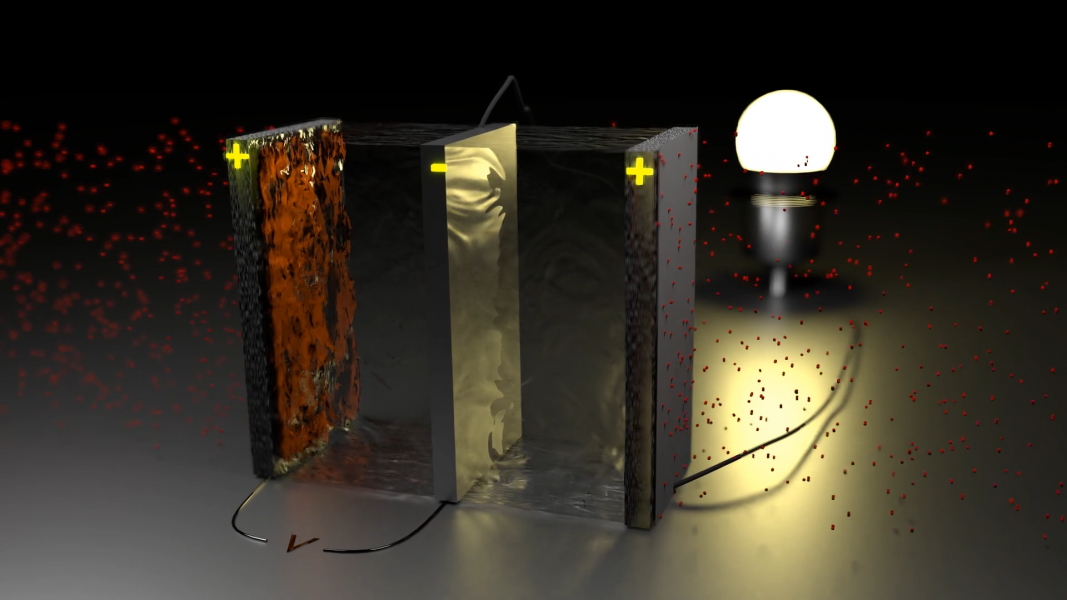The future renewable energy economy relies on low-cost and rechargeable energy-storage devices. Batteries composed of zinc—an earth-abundant metal—could meet these demands if stable and effective air electrodes are used.
In their paper in Advanced Functional Materials, Professor Shichun Mu from Wuhan University of Technology; Professor Francis Verpoort from Wuhan University of Technology, National Research Tomsk Polytechnic University, and Ghent University Global Campus; and their co-workers develop a simple, inexpensive, and scalable method to produce cobalt-nanoparticles-encapsulated nitrogen-doped carbon nanotubes (Co-N-CNTs) as bifunctional air electrodes for Zn–air batteries.
Novel cobalt/zinc zeolitic imidazolate frameworks (ZIF-L) were synthesized by mixing zinc nitrate hexahydrate and cobalt nitrate hexahydrate with 2-methylimidazole. A two-dimensional leaf-like structure for the zinc/cobalt frameworks is revealed by scanning electron microscopy (SEM) images. The zinc/cobalt frameworks were then pyrolyzed to obtain Co-N-CNTs. SEM images show hierarchical networks of interconnected CNTs, and high-resolution transmission electron microscopy confirms that cobalt particles are encapsulated in the carbon nanotubes (CNTs) shell.
Zn–air bifunctional electrodes prepared from CNTs performed better than commercially available platinum/carbon electrodes for the oxygen reduction reaction (ORR), and better than a hybrid platinum/carbon iridium (IV) oxide catalyst for the oxygen evolution reaction (OER).
The researchers designed an optimized three-electrode battery, where two electrodes could function independently of each other, and exhibited no voltage change over repeated charge/discharge cycles. This work demonstrates the potential of using Co-N-CNTs as bifunctional electrodes in zinc–air batteries and paves the way for the replacement of lithium-based batteries in current and future electronics, including in flexible wearable devices.
To find out more about this novel synthesis of bifunctional air electrodes, please visit the Advanced Functional Materials homepage.

















